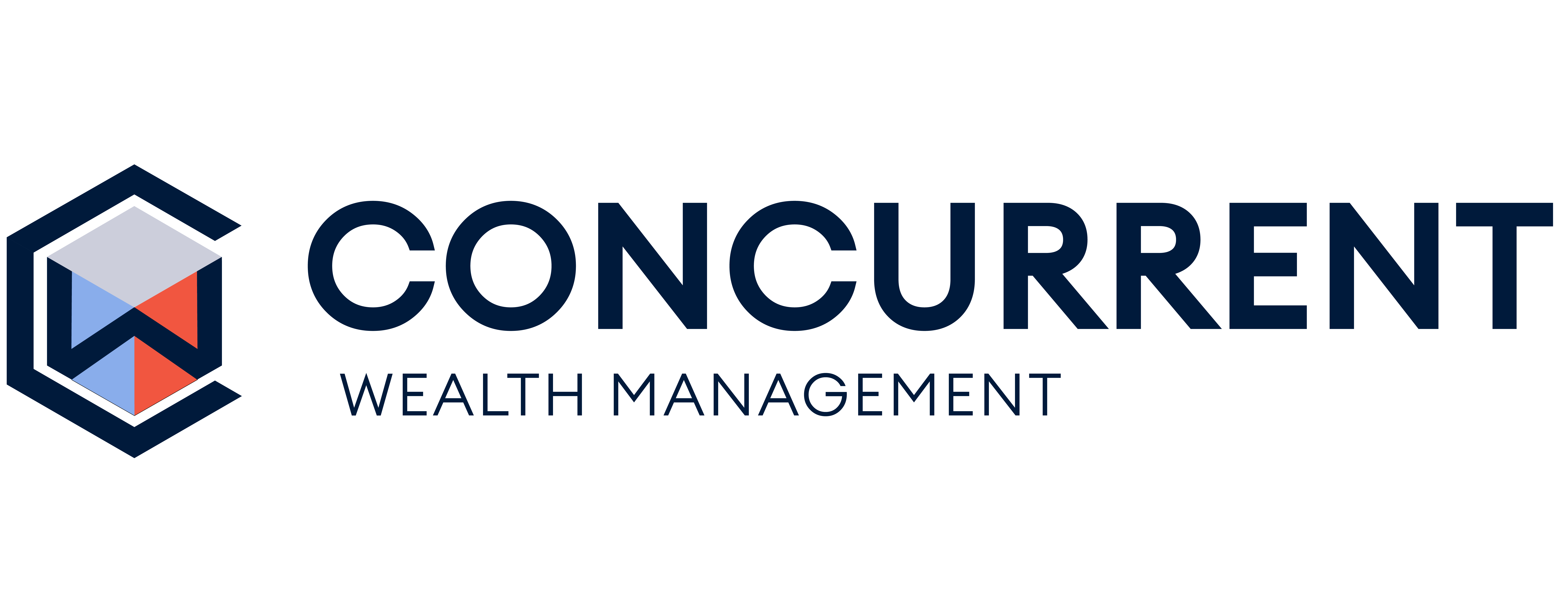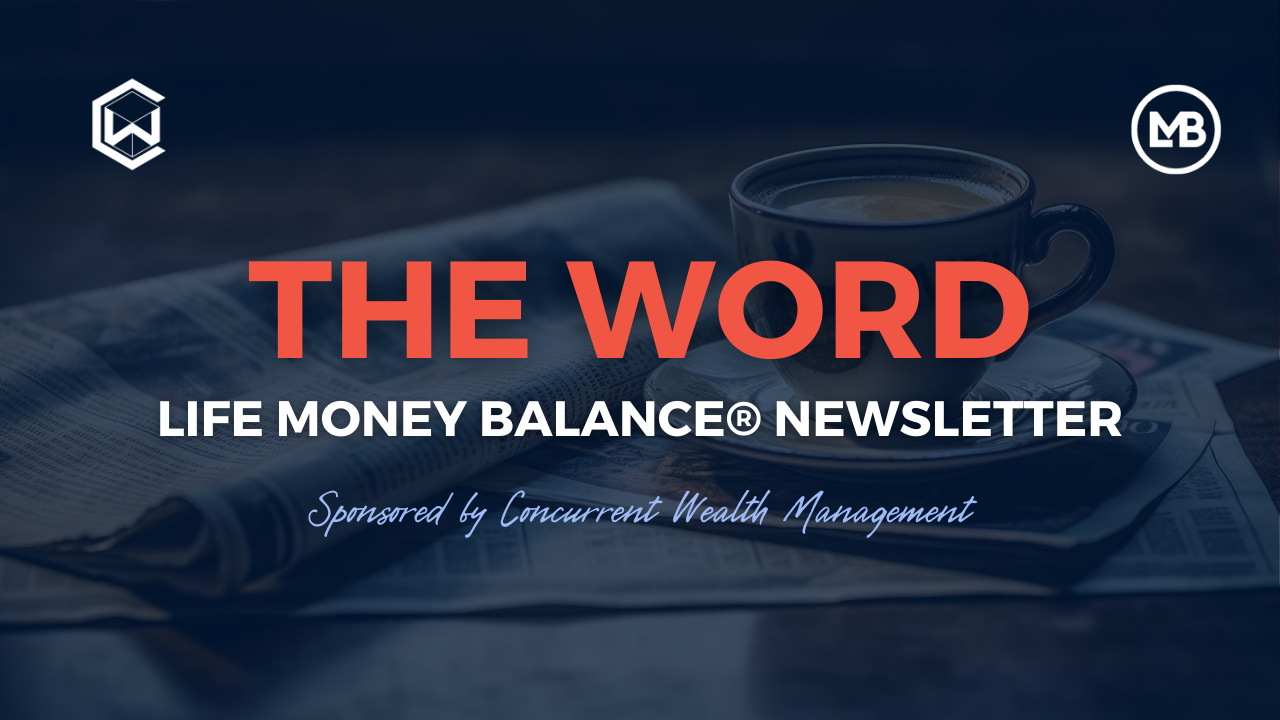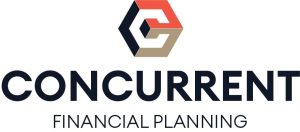Understanding the Current Landscape
As of May 5, 2025, the U.S. Department of Education reinstated collections on defaulted federal student loans¹. This marks the end of a five-year hiatus initiated during the COVID-19 pandemic. More than 5.3 million borrowers are now at risk of wage garnishment², tax refund seizure³, and credit score damage⁴. Without action, another 4 million borrowers are expected to default in the coming year.
Consequences of Default
A student loan default¹ occurs after 270 days of nonpayment. Once in default, the federal government can initiate severe collection activities:
- Wage garnishment²: Up to 15% of your disposable income can be withheld from your paycheck without a court order.
- Tax refund and Social Security seizure³: The Treasury Offset Program can intercept refunds and federal benefits.
- Credit score impact⁴: Default may reduce credit scores by more than 100 points, jeopardizing future borrowing and housing opportunities.
- Loss of eligibility: Borrowers in default lose access to federal student aid⁵ and flexible repayment options.
Pathways Out of Default
Borrowers have two primary options to exit default: loan rehabilitation⁶ and loan consolidation⁷.
Loan Rehabilitation
Loan rehabilitation requires nine consecutive, on-time monthly payments agreed upon with your servicer. After successful completion:
- The default is removed from your credit report.
- You regain access to IDR plans and financial aid.
- Wage garnishment and tax offset actions stop.
Important: Rehabilitation is a one-time-only opportunity per loan.
Loan Consolidation
Loan consolidation⁷ allows you to combine one or more federal loans into a Direct Consolidation Loan⁸. It offers a fast path out of default, but:
- The default status remains on your credit report.
- Interest may capitalize, increasing your total loan balance.
Consolidation is best suited for borrowers who want to stop collections quickly and re-enter repayment under an income-driven repayment plan⁹.
Income-Driven Repayment Plans (IDR)
Once out of default, enrolling in an IDR plan⁹ aligns your payment with income and family size.
2025 IDR Options Include:
- IBR: 10–15% of discretionary income, with forgiveness after 20–25 years.
- PAYE: 10% of discretionary income, with forgiveness after 20 years.
- ICR: 20% of discretionary income or a 12-year fixed equivalent, whichever is less.
Note: The SAVE Plan is currently paused due to legal action.
Need help choosing the right IDR plan? Learn more in our guide to financial clarity through income planning.
Public Service Loan Forgiveness (PSLF)
Public Service Loan Forgiveness¹⁰ offers tax-free forgiveness after 120 qualifying monthly payments while working full-time for an eligible public service employer.
To qualify, you must:
- Work for a government or nonprofit organization.
- Make payments under a qualifying IDR plan.
- Submit an Employment Certification Form annually.
Payments made during default, forbearance, or on ineligible plans do not count toward PSLF.
Learn how Life Money Balance helps align values, career, and wealth planning—especially when navigating PSLF decisions.
Tax Filing Considerations for Married Borrowers
How you file your taxes affects your IDR plan. Filing separately may lower your monthly payment because only your income is considered. But it could increase your overall tax liability¹¹.
Filing jointly might increase your loan payment but decrease your federal tax bill. Consult a fiduciary advisor to simulate the most tax-efficient path based on your goals.
Avoiding Future Default
After you’ve exited default, keep your loans in good standing by doing the following:
- Recertify income annually to maintain eligibility for IDR plans.
- Avoid forbearance¹² unless necessary. Interest accrues and can capitalize, increasing your loan balance.
- Stay in contact with your loan servicer and track your account on StudentAid.gov⁵.
Use tools like the Life Money Balance Podcast to stay informed and motivated during your debt-free journey.
Key Takeaways
- Student loan default can lead to serious consequences including wage garnishment and credit damage.
- Rehabilitation and consolidation are two ways to exit default—each with unique benefits and tradeoffs.
- IDR plans and PSLF offer sustainable long-term solutions—if used proactively and correctly.
Take the Next Step
If you’re a Gen Xer trying to manage debt, caregiving, retirement, or all three, you’re not alone. At Concurrent Wealth, we specialize in helping high-earning professionals design clear, customized repayment strategies that align with life goals—not just loan balances.
Schedule a complimentary, good-fit meeting with Concurrent Wealth today and let’s build your plan together.
References
- Investopedia. (n.d.). What Is Student Loan Default?. https://www.investopedia.com/what-is-student-loan-default-5206010
- CNBC. (n.d.). What Is Wage Garnishment?. https://www.cnbc.com/select/what-is-wage-garnishment/
- Forbes. (n.d.). Tax Refund Garnished for Student Loans?. https://www.forbes.com/advisor/student-loans/tax-refund-garnished/
- Experian. (2023). Student Loans and Credit Scores. https://www.experian.com/blogs/news/2023/02/student-loans-and-your-credit-score/
- Federal Student Aid. (n.d.). Student Loan Delinquency and Default. https://studentaid.gov/manage-loans/default
- NerdWallet. (n.d.). Student Loan Rehabilitation. https://www.nerdwallet.com/article/loans/student-loans/student-loan-rehabilitation
- Credible. (n.d.). Loan Rehabilitation vs. Consolidation. https://www.credible.com/refinance-student-loans/student-loan-rehabilitation-vs-consolidation
- Federal Student Aid. (n.d.). Loan Consolidation Overview. https://studentaid.gov/manage-loans/consolidation
- Federal Student Aid. (n.d.). Income-Driven Repayment Plans (IDR). https://studentaid.gov/idr
- Federal Student Aid. (n.d.). Public Service Loan Forgiveness (PSLF). https://studentaid.gov/manage-loans/forgiveness-cancellation/public-service
- Federal Student Aid. (n.d.). How Tax Filing Status Affects IDR Payments. https://studentaid.gov/help-center/answers/article/how-does-tax-filing-status-impact-monthly-payment-amount
- SoFi. (n.d.). What Is Administrative Forbearance?. https://www.sofi.com/learn/content/what-is-administrative-forbearance/





